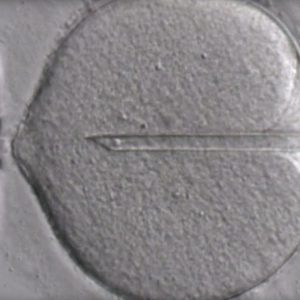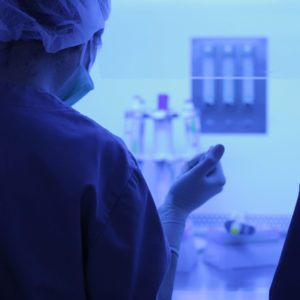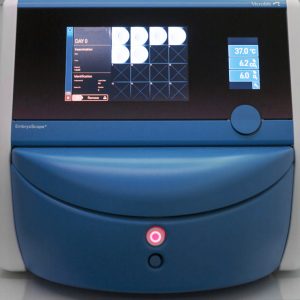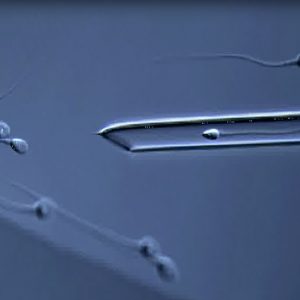Ovarian stimulation aims to increase the number of eggs produced by a woman in order to have a greater chance of success in Assisted Reproduction treatments. To do this, medication is administered to mature several ovarian follicles at the same time, to subsequently fertilise them in the woman’s uterus or in the laboratory.
In this article, the IVFforYOU experts in Assisted Reproduction will explain in detail what ovarian stimulation consists of, the medications used, the associated symptoms and side effects, and we will also explain how to eliminate hormones after fertility treatment.
Phases of ovarian stimulation
Medical evaluation
The first step will always be a general medical check-up, as the Assisted Reproduction specialists will be the ones who will tell you what type of ovarian stimulation you need depending on the type of Assisted Reproduction treatment.
In this phase, you will have to undergo a series of analyses and your general medical and gynaecological history will also be reviewed. In addition, the start of the treatment will be planned according to your menstrual cycle.
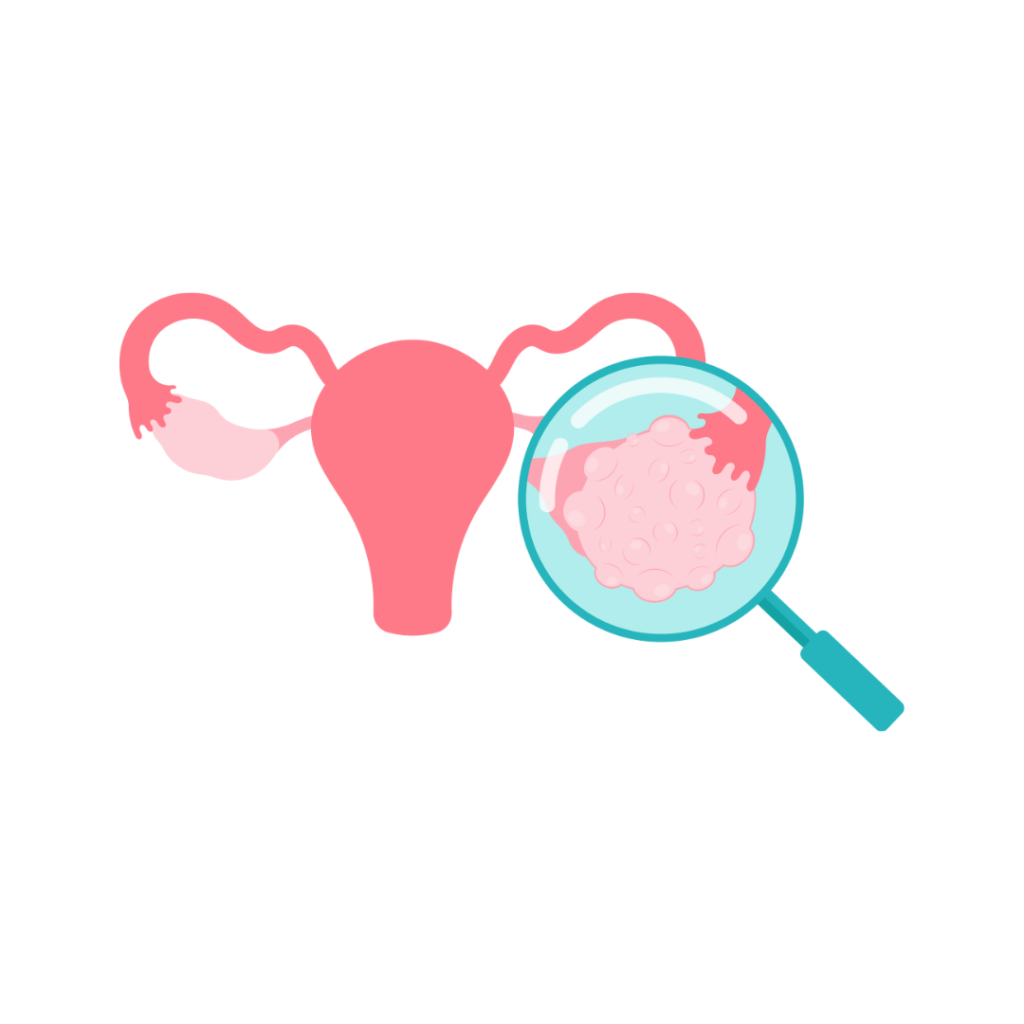
Stimulation
Once your medical examination has been validated, ovarian stimulation will begin by administering hormones that stimulate the development of the ovarian follicles.
The medication will begin to be administered on the same day that you start your menstrual cycle, as the aim is to synchronise the growth of the follicles.
Depending on the type of medication you are given and the protocol chosen by the specialists, the duration of this phase could last approximately 10 days.
Generally, for this phase of ovarian stimulation, gonadotropins are administered to trigger ovulation.
Monitoring and maturation of follicles
At this point, the doctors will carry out medical check-ups to monitor the growth and maturation of the follicles. To do this, you will undergo ultrasound scans and, if deemed appropriate, blood tests.
Once the follicle is reaching its final stage of maturation, its maturity will coincide with ovulation. For this, a final injection of the hCG hormone will be given to allow the follicles to complete their maturation.
Ovarian puncture
36 hours after the final hCG hormone injection, the ovarian puncture is performed under anaesthesia where the mature eggs are collected. Once the eggs are extracted, they are taken to the laboratory for evaluation and selection of those with the best morphology. After this, In Vitro Fertilisation or Artificial Insemination will be performed.
Your first Assisted Reproduction visit free of charge
Medicines used for fertility treatments
By administering medication, the production of hormones that the body already produces normally is increased, but at higher levels in order to achieve a greater number of follicles.
The medications and duration of ovarian stimulation will depend on the type of protocol recommended by the doctor.
Among the most common hormones used during ovarian stimulation are two types of gonadotrophins: follicle stimulating hormone and hCG hormone.
In general, gonadotropins are given to trigger ovulation and maturation of follicles.
Follicle stimulating hormone (FSH) is responsible for regulating the reproductive cycle in men and women. Particularly in women, it is responsible for regulating the menstrual cycle and the development of ovarian follicles. To this end, this hormone is essential for assisted reproduction treatments, as it allows multiple follicular development.
As for the hCG hormone, it is the hormone that generates the embryo at its initial stage and, therefore, it will be essential to carry out pregnancy tests in both urine and blood during the two-week-wait. Particularly for Assisted Reproduction treatments, this hormone is indicated before the ovarian puncture to produce the final maturation and release the egg.
In terms of administering the medication, ovarian stimulation drugs are generally administered through subcutaneous injections, but some can also be administered orally.
It is very important that both types of hormones are prescribed and monitored during the period of administration by specialised medical personnel, otherwise you may suffer from ovarian hyperstimulation syndrome.
Symptoms and side effects of ovarian stimulation
After undergoing ovarian stimulation, you may experience some common symptoms, such as painful ovulation and gas.
The most common symptoms and side effects of this type of treatment are:
– Headaches: may be due to increased levels of oestrogen in the blood, which affects blood pressure and dilation of blood vessels.
– Local reactions: some women may experience irritation, redness or swelling at the site where the drugs are injected.
– Bloating and abdominal pain: the growth of the ovarian follicles may cause a feeling of bloating or heaviness and even cramping in the abdomen and pelvic area.
– Gastrointestinal symptoms: side effects such as diarrhoea, vomiting, constipation or gas are very common due to hormone use.
– Breast discomfort: oestrogen can also cause increased sensitivity or tension in the breasts.
– Hot flushes: these are episodes of sudden heat that are due to hormonal fluctuations.
– Mood swings: as a hormone treatment, this can also affect women’s moods, causing anxiety, depression, irritability or tiredness.
– Allergic reactions: these are very rare but may occur in some women who are hypersensitive to some of the components of the drugs. Symptoms may be respiratory (difficulty breathing, coughing, wheezing), skin (acne, rash, itching) or general (fever, chills, dizziness).
– Painful ovulation: this is because the growth of the ovarian follicles may cause discomfort or cramps in the lower abdomen.
One of the most serious side effects of ovarian stimulation is ovarian hyperstimulation syndrome (OHSS).
This is a rare but potentially dangerous complication that occurs when the ovaries over-respond to medication. Ovarian hyperstimulation syndrome causes the ovaries to swell and become painful.
Symptoms of OHSS range from mild symptoms such as abdominal pain, nausea, vomiting and diarrhoea to severe symptoms such as kidney failure, ovarian torsion, miscarriages and, in very rare cases, even death.
Another possible side effect of ovarian stimulation is endometrial hyperplasia, an abnormal thickening of the endometrium (the lining of the uterus) due to excess oestrogen. Endometrial hyperplasia can cause abnormal uterine bleeding (heavy or irregular menses), menstrual cycles shorter than 21 days, and uterine bleeding after menopause.
How to eliminate hormones from the body after fertility treatment?
After completing fertility treatment, your body will eliminate the hormones used during ovarian stimulation. The process of eliminating hormones can vary from person to person, but generally, the body metabolises and eliminates them naturally through urine and faeces.
Tips to keep in mind during ovarian stimulation
As explained above, the side effects of ovarian stimulation will depend on the individual and the type of medication given.
In general, during a stimulation you will be able to lead a completely normal life, practising light sports and going to work. It is important to keep in mind that, if you do sports that are of high impact or require the use of force, it is best to take a break and resume when you have finished all your treatment to avoid uterine contractions and ovarian torsion.
We know that this is a time of great anxiety and hope, where you will experience the effects of the medication. For this reason, we recommend that you rest and rely on the support of your doctor. At IVFforYOU we believe that the wellbeing of the mother-to-be is essential to enjoy this exciting time.
If you are interested in any type of Assisted Reproduction treatment in Barcelona, we invite you to write to us, the first visit with our experts is free!



